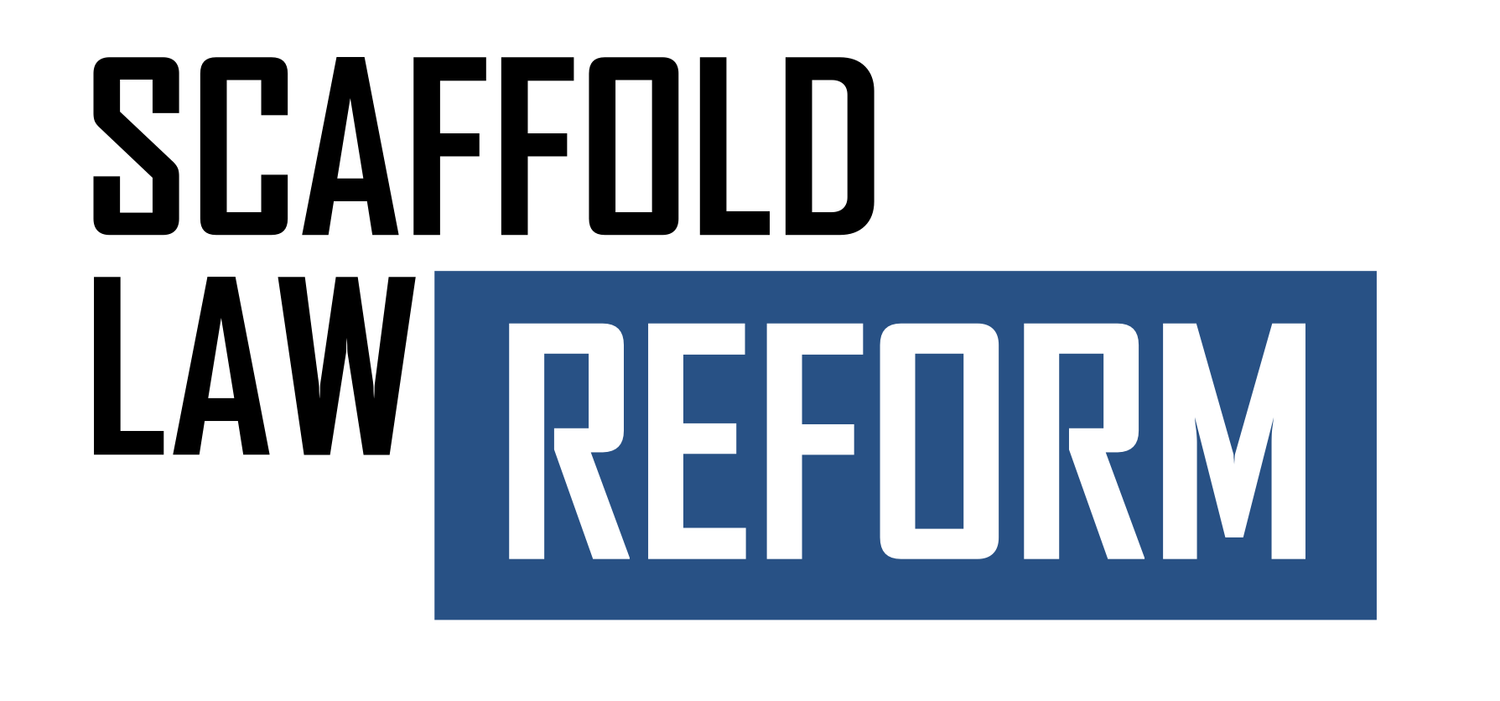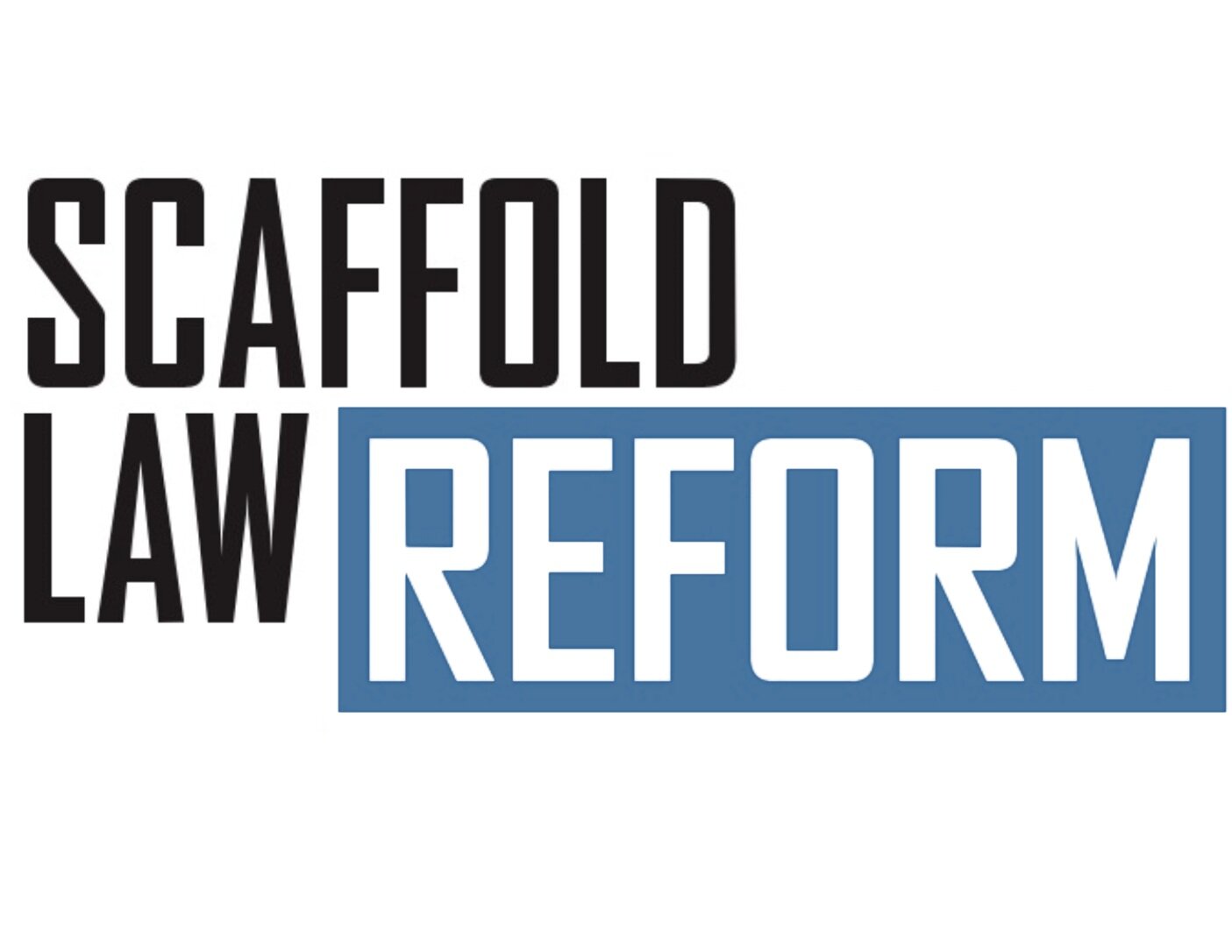What Does the Future Hold for the Scaffold Law in New York?
By: Jacob Lewis
Judge DiFiore’s retirement from the Court of Appeals may spell change for the Court’s ever-evolving interpretation of New York’s Scaffold Law, Labor Law 240(1). In the 150 years since its creation and thousands of rulings, the Scaffold Law has been generally construed to favor plaintiffs. Recently, the Court has moved away from this punitive interpretation by reaffirming the plaintiff’s affirmative duty to prove causation before granting summary judgment. The Scaffold Law, originally enacted in 1885, was passed as the modern New York City of skyscrapers and high-rises was built. The law requires that all contractors “give proper protection to a person” employed “in the erection, demolition, repairing, altering, painting, cleaning or pointing of a building.” Labor Law § 240(1). The intent of the law was to reduce height-related deaths and injuries by mandating the use of safety equipment. This goal is now principally served by OSHA requirements, while the Scaffold Law’s impact on safety is doubtful. Instead, the law now primarily works as an additional route for financial recovery along with worker’s compensation. The Court of Appeals has interpreted the Scaffold Law to create a nondelegable “absolute liability” on building-site owners. See Rocovich v. Consol. Edison Co., 78 N.Y.2d 509, 513 (1991). As many lawyers in the field are aware, this expansive reading of the statute establishes that no amount of negligent contribution by a plaintiff can absolve site owners of their absolute duty, nor is it grounds for a reduction of damages because of comparative negligence.
This law and its interpretation are unique to New York. Illinois, the last state with a similar law, repealed its statute in 1995.
Judge DiFiore first appeared as Chief Justice of the Court of Appeals in a ruling on the Scaffold Law in Nazario v. 222 Broadway, LLC, 28 N.Y.3d 1054 (2016). Here, the Court’s unanimous memorandum opinion denied summary judgment to the plaintiff who had fallen from a ladder after being electrically shocked. The Court explained that it was unclear from the record whether the ladder would have provided adequate protection to prevent the plaintiff’s fall. See Nazario v. 222 Broadway, LLC, 28 N.Y.3d 1054 (2016). Judge DiFiore joined another unanimous opinion, affirming a finding by the Supreme Court that a plaintiff bouncing on a scaffold plank to test its strength could not be held responsible for his subsequent fall when the defendant failed to produce evidence creating a question of fact. See Batista v. Manhattanville Coll., 28 N.Y.3d 1093, 1094 (2016). While the Nazario opinion could be seen as a signal that the Court would look at both parties to determine causation, the Batista opinion tracks with the Court’s traditionally low bar for finding causation in a Scaffold Law claim.
The following year, Judge DiFiore appeared in the majority for a divided court in O’Brien v. Port Authority of New York. In O’Brien, the plaintiff had fallen down a staircase while working on the One World Trade Center. See O’Brien v Port Auth. Of New York and New Jersey, 29 N.Y.3d 27 (2017). The First Department overturned the trial court and granted the plaintiff summary judgment. The First Department explained that the plaintiff’s fall was sufficient in itself to prove there had been a violation of the Scaffold Law. This finding by the First Department is similar to other cases where a plaintiff’s fall from a collapsed ladder is sufficient per se to assume a Scaffold Law violation.
Judge DiFiore differed from the First Department, finding that the fall was not sufficient per se, and falling down stairs was distinguishable from cases involving the collapse of a ladder. Because a Scaffold Law violation could not be assumed, the Court now had to consider the conflicting expert opinions. This rendered the case inappropriate for summary judgment. Judge Rivera dissented, explaining the Court’s reliance on experts was improperly placed and that the plaintiff’s fall created a burden on the defendant to prove the staircase provided proper protection.
Later in 2017, the Court released a unanimous memorandum opinion in Valente v Lend Lease (US) Const. LMB, Inc., 29 N.Y. .3d 1104 (2017) keeping in line with the O’Brien case. See Valente v Lend Lease (US) Const. LMB, Inc., 29 N.Y. .3d 1104 (2017). In Valente the Court overruled both the Supreme Court and Appellate Division First Department, finding that summary judgment on a Scaffold Law case was inappropriate. The Court explained, briefly, that an opinion from the site foreman contradicting the plaintiff’s testimony raised a sufficient factual issue. The Court indicated that a foreman’s opinion of an event could be sufficient to raise a question on causation and thwart summary judgment.
Judge DiFiore appeared on a Scaffold Law case again in 2020, joining in a dissent. See Biaca-Neto v Boston Rd. II Hous. Dev. Fund Corp., 34 NY3d 1166 (2020). There, the plaintiff fell after removing his safety harness to enter a building through a window cut out. This was in violation of the defendant general contractor’s standing order not to enter the building through the window. The majority denied summary judgment to the defendant, finding there was a lack of evidence showing the defendant’s standing order was sufficient notice. The three-judge dissent, in which DiFiore concurred, found that the plaintiff was solely negligent for ignoring
two obvious safety devices, one of which (a staircase) the plaintiff had built and used himself. The dissent further explained that explicit notice, as required by the majority, was an “impossible barrier” for owners and contractors to overcome. Biaca- Neto is an illustration of a further liberal view of the Scaffold law, which Judge DiFiore has traditionally stood against.
In this past Court session, Judge DiFiore appeared in three opinions regarding the Scaffold Law. One of the opinions strictly concerned procedural aspects of appeal and did not involve reviewing the Scaffold Law. See Bonczar v Am. Multi-Cinema, Inc., 38 N.Y.3d 1023 (2022). The second opinion was a unanimous ruling that removing a bird’s nest was not a “cleaning” activity protected by the Scaffold Law because it was “routine.” See Healy v EST Downtown, LLC, 38 N.Y. 3d 998 (2022).
Finally, Judge DiFiore joined in a memorandum opinion for a divided court in Cutaia v. Board of Managers of 160.170 Varick St. Condominiums 38 N.Y.3d 1037 (2022). In Cutaia, the plaintiff brought suit under the Scaffold Law when he fell from an A-frame ladder. The ladder had been leaning unopened against a wall. The plaintiff fell off the ladder after being electrically shocked. The majority found that summary judgment was inappropriate because there was a question as to causation. To the Court, it was possible plaintiff’s fall could have been caused by a mere accident from the electric shock, and not from the faulty use of the ladder. Judge Wilson dissented. He explained the shock was a “red herring,” and that the failure to provide a properly secured ladder was the reason for the fall, regardless of whether or not the shock proximately caused it. This opinion shows again that the court, under DiFiore, is more willing to find some small exceptions to the otherwise unforgiving Scaffold Law.
Interestingly, the Cutaia opinion had similar facts (and the same finding) as DiFiore’s first Scaffold Law opinion in Nazario. However, unlike the unanimous Nazario opinion, the Court in Cutaia was divided 4-3 with judges DiFiore, Garcia, Singas, and Cannataro for the majority, and judges Wilson, Rivera, and Troutman dissenting.
Only three judges; DiFiore, Rivera, and Garcia; remain since the Nazario opinion. Since then, judges Singas, Cannataro, Wilson, and Troutman have joined the Court. The divided decisions in O’Brien, Biaca-Neto, and Cutaia all featured Judges Rivera and Wilson joining in expansive interpretations of Scaffold Law, while DiFiore and Garcia joined in more restrained views. Without Judge DiFiore’s vote, the Scaffold Law may once again step towards the more draconian application of near strict liability.

